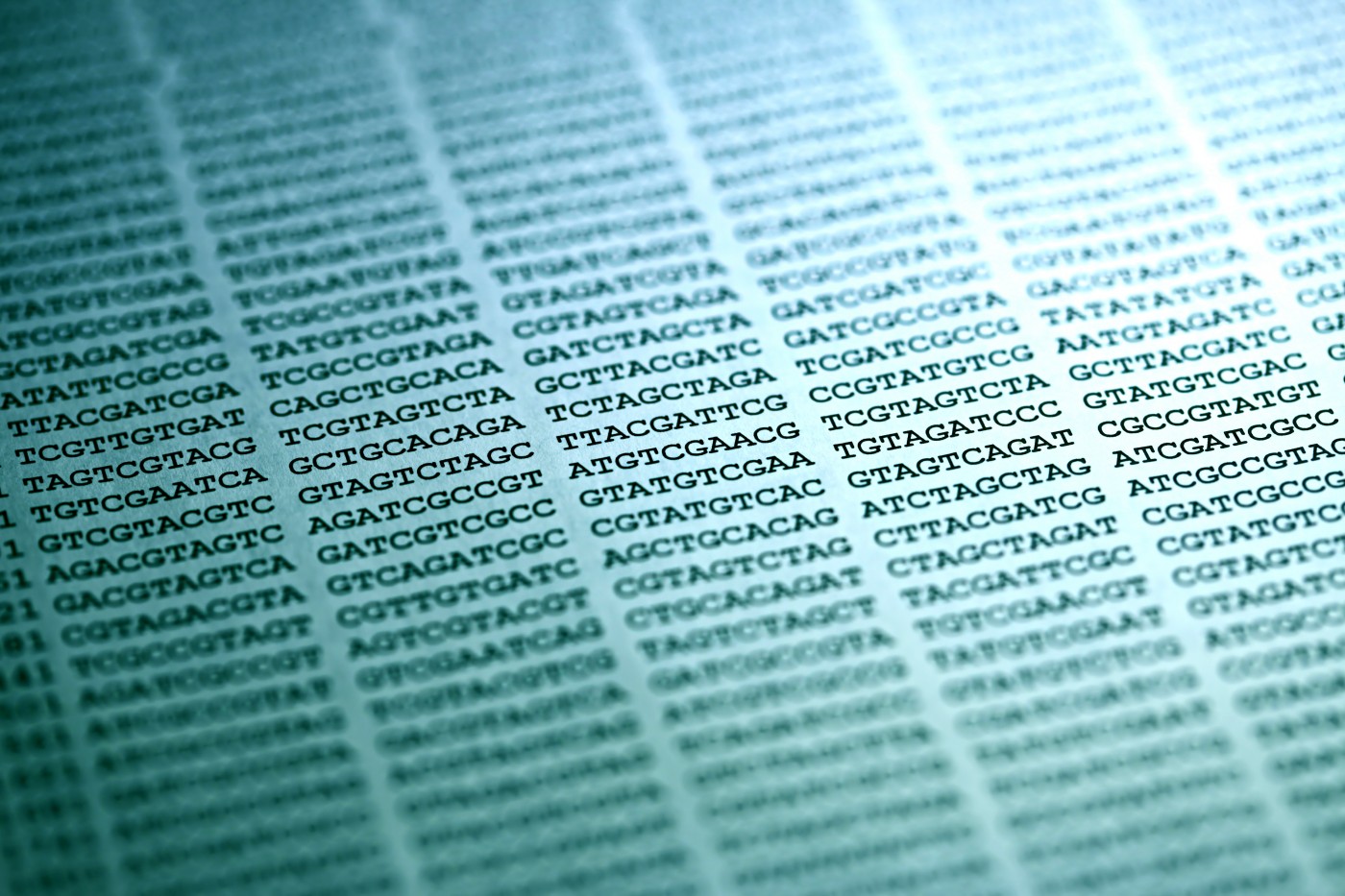Researchers Reveal the Mechanism Underlying Frataxin Gene Repression in Friedreich’s Ataxia

Researchers at the University of Oxford in the United Kingdom recently published in the journal Human Molecular Genetics new insights into the molecular mechanisms behind the repression of the frataxin gene, which is associated with Friedreich’s ataxia. The study is entitled “Expanded GAA repeats impair FXN gene expression and reposition the FXN locus to the nuclear lamina in single cells.”
Friedreich’s ataxia is a rare inherited neurodegenerative disease characterized by progressive damage of the nervous system with degeneration of the spinal cord and peripheral nerves that leads to muscle weakness, sensory loss, balance deficits and lack of voluntary coordination of muscle movements. The disease onset is usually during childhood or adolescence and the disorder leads to wheelchair dependence and reduced life expectancy.
Friedreich’s ataxia is caused by a mutation in a gene called frataxin (FXN), more specifically by an expansion of guanine-adenine-adenine (GAA) trinucleotide repeats in the first intron (coding unit) of the FXN gene. This leads to a reduction in messenger RNA and the subsequent down-regulation of the frataxin protein through a molecular mechanism poorly understood. Normal FXN alleles contain less than 36 GAA repeats, while disease-causing alleles have expanded GAA repeats varying between 70 and 1,700.
Previous studies have suggested that the positioning of a gene inside the nucleus is linked to its transcriptional output, referring to the first step in gene expression where the DNA is copied into RNA. It has been suggested that the nuclear lamina, a fibrillary network within the nucleus that provides support and regulates important cellular processes, is associated to gene repression. In the present study, researchers analyzed GAA-expanded FXN alleles expression and nuclear localization in cells from Friedreich’s ataxia patients.
The research team found that GAA-expanded repeats increased FXN localization at the nuclear lamina, inducing a reduction in the number of FXN mRNA molecules and in transcription, suggesting that FXN alleles at the nuclear lamina are repressed. Transcription was found to be inhibited mainly at the initiation stage.
Researchers concluded that several factors contribute to a decrease in FXN transcriptional activity and gene repression, and that the nuclear lamina is a novel key player in this process. The decrease in FXN transcription causes a reduction in frataxin protein levels and subsequently Friedreich’s ataxia disease. The research team believes that their findings may be useful in the design of new therapies for Friedreich’s ataxia and that these could be extended to other genetic disorders mediated by repeated DNA extensions.






